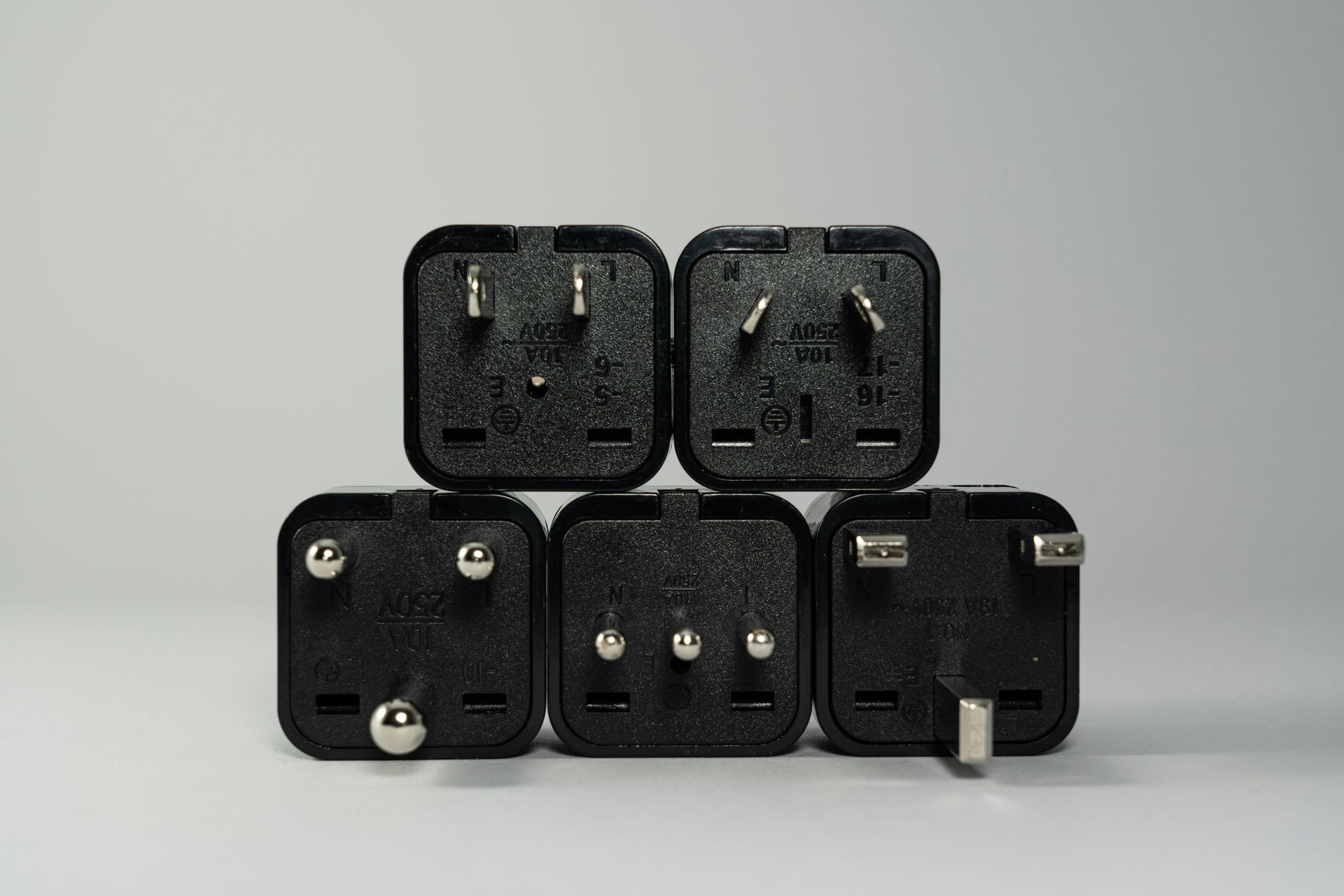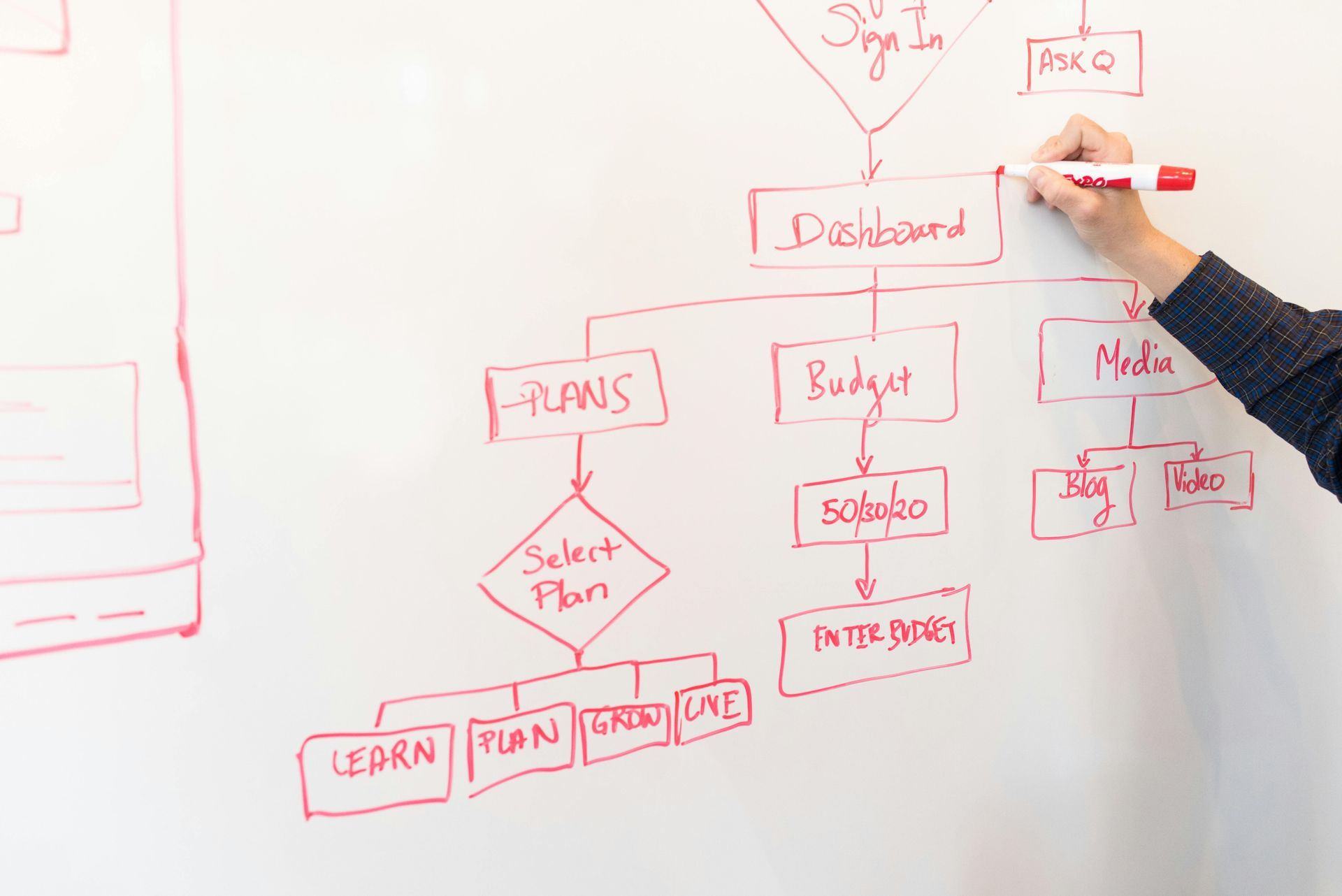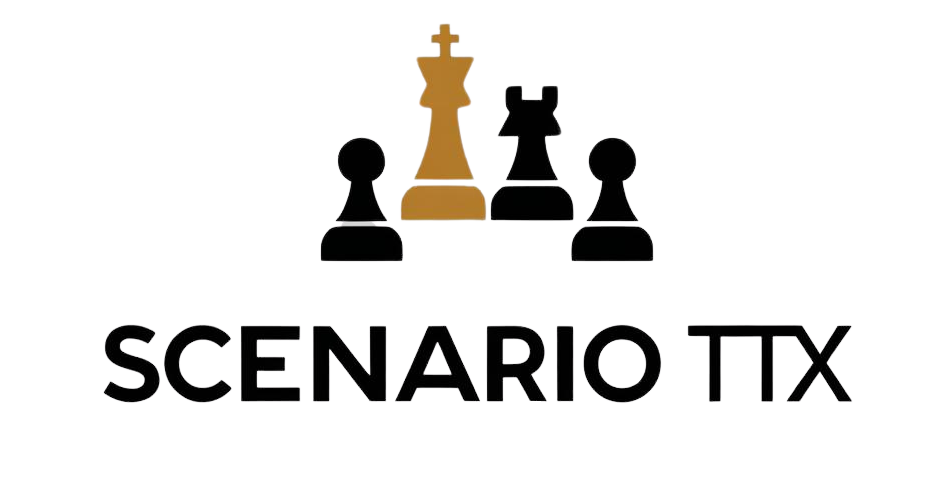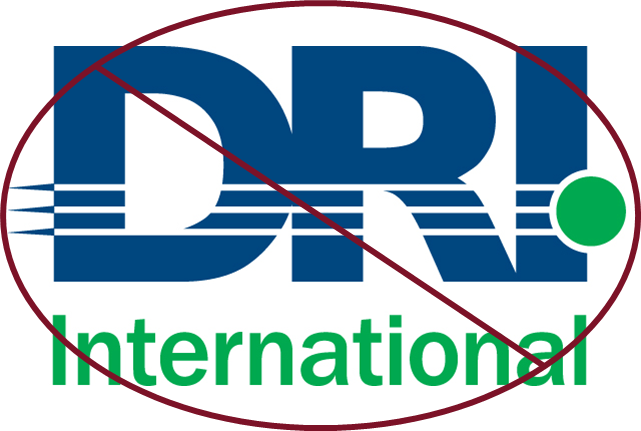The Myth of the Expert (and What I Had to Unlearn About Resilience)
There’s someone in my industry—won’t name names—who’s built a reputation on other people’s ideas.
Not borrowing.
Not being inspired.
Stealing. Copy-paste. Slight reword. Slap their name on it. Present it at a conference like they came up with it on a meditation retreat.
And the worst part? They keep landing clients.
That’s the world we live in, where the people doing the work are overlooked, and the people talking about it (loudly) are labeled “thought leaders.”
Performance Over Practice
I’ve lost count of how many people I’ve seen on stage or in webinars saying impressive things, but I highly doubt many of them have managed a 3AM crisis response in the real world.
You know the type:
- Speaks well, but never implements.
- Uses vague, sweeping language instead of actual frameworks.
- Spends more time networking than problem-solving.
- Their real skill isn’t resilience—it’s salesmanship.
They’ve got the gift of gab, a well-lit Zoom setup, and a LinkedIn bio that makes them sound like they invented the concept of continuity planning.
These are the people who get stage time at DRJ, DRI, Continuity Insights, and everywhere else.
They win clients not because of what they build, but because of how they pitch.
Meanwhile, Here’s Me
I’m not a great public speaker. I don’t enjoy being in front of an audience.
I’m not a great salesman either, but because I actually
care whether the client is getting what they need.
I’ve lost money on gigs because I put the client’s needs ahead of my own margin. I’ve turned down projects that weren’t ready. I’ve spent more hours than I billed because getting it right mattered more than getting paid.
Heck, I've probably given away access to our BR Navigator and Scenario TTX tools more than I've had users pay for it.
That’s not glamorous. It’s not scalable. And it definitely doesn’t earn you applause at a conference.
But it’s the truth.
And over time, that truth taught me something the “experts” never talk about:
Most of What I Was Taught About Resilience… Doesn’t Work
I’ve built resilience programs from the ground up. I’ve led assessments, exercises, and real-world responses. And what I’ve learned the hard way, is that most of what we push in this field is designed for compliance, not capability.
Here’s what I had to unlearn (and am still unlearning - is that even a word?):
Handing off templates = engagement?
In my first resilience position, I was trained that if I gave departments clear templates, they’d take ownership.
They didn’t. They avoided them, or rushed them with vague answers.
Lesson: People outside of resilience don't care about it and don't really know what you are trying to find out. Conduct interviews when doing planning, do the typing, and let the participant(s) just talk. They will be able to ask questions and provide you exactly what you are looking for.
Once trained = always ready?
I thought a strong kickoff or awareness campaign would stick.
People forgot everything the moment stress hit.
Lesson: If it’s not baked into their workflow, it’s gone.
Executives are dying to know how resilient they are?
I thought showing risk, gaps, and progress would trigger buy-in.
I got ten seconds of attention, if I was lucky. A council I met with quarterly would routinely show the executives looking at their phones or a secondary monitor, just wishing the meeting was over so they could get back to more important things.
Lesson: Tie resilience to revenue, liability, or headlines. Otherwise, it’s background noise.
Everyone values resilience?
I thought once they “got it,” they’d care.
They didn’t. Until something went wrong.
Lesson: Build your program to work despite apathy. Introduce new methods that could potentially lead to more buy-in, such as an Enterprise Business Impact Analysis (top-down BIA approach).
Assigning roles = creating capability?
I thought assigning recovery roles meant we were covered.
Half of them didn’t know they were even assigned.
Lesson: If you are creating plans for each department, then you have dozens or more recovery teams to keep track of. People leave, new people come in, and you have to keep track of and train them, just for it all to happen again. Even after you have done all that, they will do what leadership tells them to do in an event, not what they told you for their "plan."
Exercises will drive change?
I thought a solid tabletop would shift culture.
People nodded, then returned to business as usual.
Lesson: If nothing changes after the exercise, it was just a well-dressed fire drill at best. We tend to focus our tabletops on large issues that have a severe impact to the organization, but don't look at the day-to-day disruptions that we typically have to handle more often. In my previous role as a Crisis Manager, I spent the majority of my days dealing with applications going "down" or having latency issues more than I dealt with larger scale disruptions. Over the course of my time as that Crisis Manager, I had 4 larger scale events, 2 ice storms and 2 hurricanes.
Documentation = readiness?
I thought documentation meant we were prepared.
But no one could find it, let alone use it, when it actually mattered.
Lesson: Plans get left on the bookshelf. People react to each disruption differently than they planned for. Resilience doesn’t fail because of bad planning. It fails because we design programs around how we think people should behave, rather than how they actually do.
So Why Say All This?
Because I’m tired of watching real resilience take a backseat to performative “thought leadership," and I’m tired of watching the people doing the work get passed over for people capitalizing on someone else’s ideas.
(If you haven’t checked it out yet, I highly recommend reading Scott Baldwin’s Unified Resilience Framework. He’s on to something with that.)
I didn’t get into this field for likes, panels, or podcast downloads.
I got into it because I think it’s an extremely important field—one that not only helps organizations, but also supports the people inside them. (And I’m pretty sure most of us feel the same way.)
When things break—really break—leaders don’t need another pretty chart or LinkedIn tagline.
They need the truth.
They need muscle memory.
They need someone who knows what doesn’t work—because they’ve lived it.
What You Can Do
- Keep building. Let the copycats chase your tail.
- Call it out. Not for ego, for the survival of the field.
- Support the doers. Hire them. Refer them. Amplify them.
- Design for real behavior. Not ideal scenarios.
Because when the lights go out, no one cares who had the best stage presence.
They care who shows up, who steps in, and who gets them back on their feet.
You can steal a framework.
You can steal a blog post.
You can even steal a slide deck.
But you can’t fake competence. And you can’t fake resilience.











